CHARLESTON, W.Va. — Some of the most common requests fielded by the Council for West Virginia Archaeology come from members of the public who have found what may or may not be an archaeological site.
Invariably, there's a lot of excitement as the mystery of the site begins to take hold. How old might it be? What artifacts might it contain? Will the government be willing to excavate the site?
As exciting as the process is, archaeological work can be slow and painstaking, and it can be difficult to find assistance in a state such as West Virginia, where research is underfunded and professionally qualified archaeologists are too few.
But the Council for West Virginia Archaeology is here to help. I've provided our contact information at the end of the article, and in the meantime, here are three steps we recommend you take in your approach to preserving or interpreting a site.
Step One: Don’t excavate or remove artifacts.
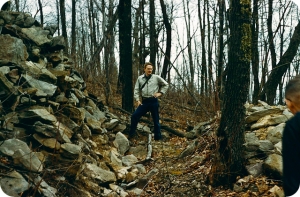
Archaeological excavation involves a specific skill set and experience that takes years to develop. Many well-meaning people have unintentionally damaged or destroyed sites by digging for artifacts or trying to interpret the site themselves. Archaeologists employ specialized tools, record information about the soils and the exact locations of artifacts, and make detailed notes and maps using tried-and-true principles. If the site is important or is on state or federal land, it may be illegal for you to disturb it.
Once artifacts are removed from their archaeological context (meaning their exact location relative to other artifacts, soils, and features), they lose information potential. For instance, an arrowhead on its own can tell us only that someone made an arrowhead, but an arrowhead in context might tell us the age of the site, whether it was accidentally lost or stored for later, or how far a group was traveling to find raw materials for arrowheads.
The same principle applies to historic archaeological sites. An old medicine bottle in context might tell us about the socio-economic status of the owner or how easy it was for them to access a general store.
Step Two: Document the site and do your research.
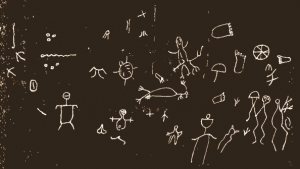
There is a lot of information you can collect without disturbing the site. Take detailed pictures and measurements, make a sketch map of the area, and talk to local people who might know more and who aren’t going to loot the site. If you get in touch with a professional archaeologist, they may be able to tell you if the site was already recorded for the state, although this is uncommon.
If you find a historic archaeological site, such as an old homestead, you can do background research by looking at old topographic maps and aerial imagery, by finding tax records and census data, or possibly by visiting your local library or historical society. Be prepared to review a lot of data before you find something useful, and make sure you’re writing down your sources. Much information is available online, so an online search for the name of the original landowner or the history of a nearby town could be helpful.
If you have a prehistoric archaeological site, read about West Virginia’s Native Americans in a reputable book or article, but check the author’s credentials. The West Virginia Archeological Society store or the West Virginia Encyclopedia is an excellent place to start.
Step Three: Report the site to a professional archaeologist
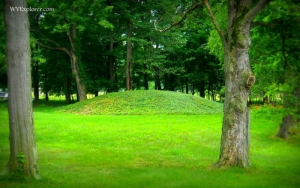
If your site may have significance, as defined here by the National Park Service, contact the Council for West Virginia Archaeology or the W.Va. State Historic Preservation Office.
Providing your research and documentation will go a long way toward helping the archaeologists understand what you have and whether it is historically or culturally significant.
If the site may have significance, Lora Lamarre-DeMott of the preservation office recommends that you complete an archaeology site form for the state’s records and avoid disturbing the site. This will ensure that information about the site is preserved for future researchers. It may also help avoid accidental site destruction during future development. The council may even have a volunteer to help you complete the paperwork and check your findings.
Unfortunately, few archaeologists have the time to visit sites or the excavation funding. In West Virginia, government-funded excavations are extremely rare and limited to the most significant sites. Don’t be discouraged if you don’t get answers quickly or no one can assist you. Most archaeologists enjoy working with the public but do not have the time or funding to perform volunteer archaeology.
Remember also that just because a site is not deemed significant enough to warrant state attention doesn’t mean it is not an essential part of your local history or your family’s.
If you have more questions about what to do when you find a site or how to complete the state archaeological site form, you may contact me or the council through our Facebook page.
Sign up to receive a FREE copy of West Virginia Explorer Magazine in your email weekly. Sign me up!
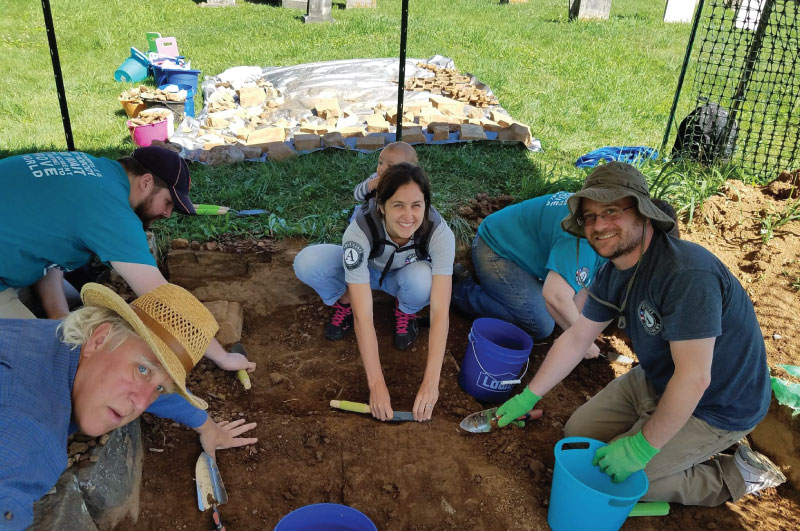
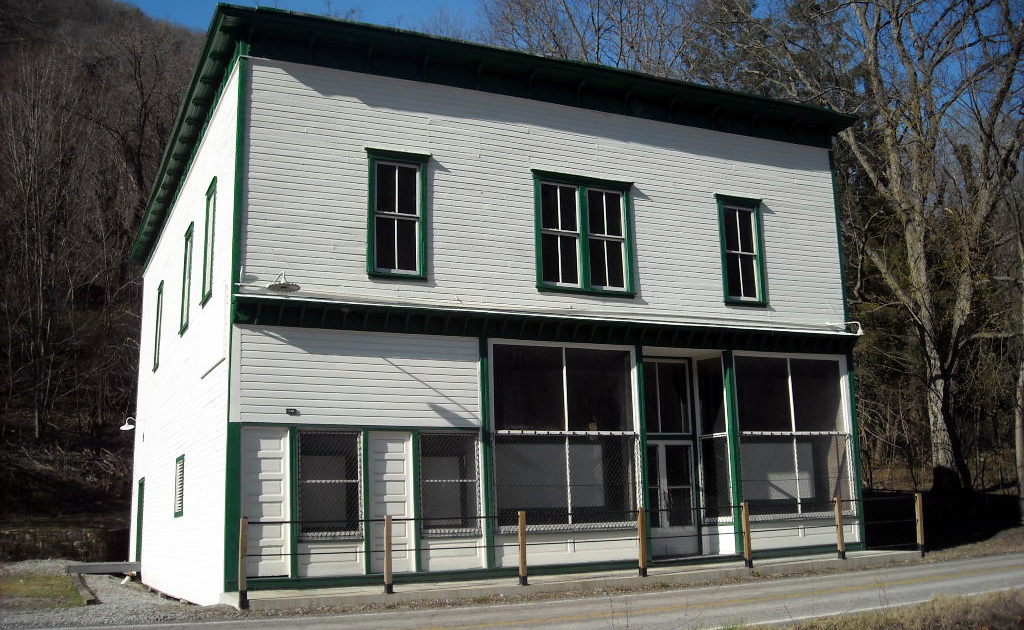

I have a Native American Indian site that I had washed up and I have a lot of Indian artifact and my brother will not listen to me I told him to stop digging and he won't stop I told him the Indians live there and he doesn't seem to have any respect can you please help me I don't want it Disturbed
I live in downtown Fairmont West Virginia my number is 304-694-1869 please call me so we can get this issue solved